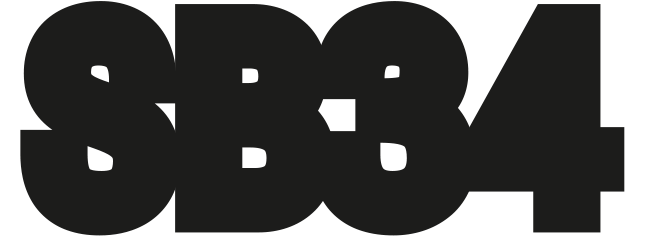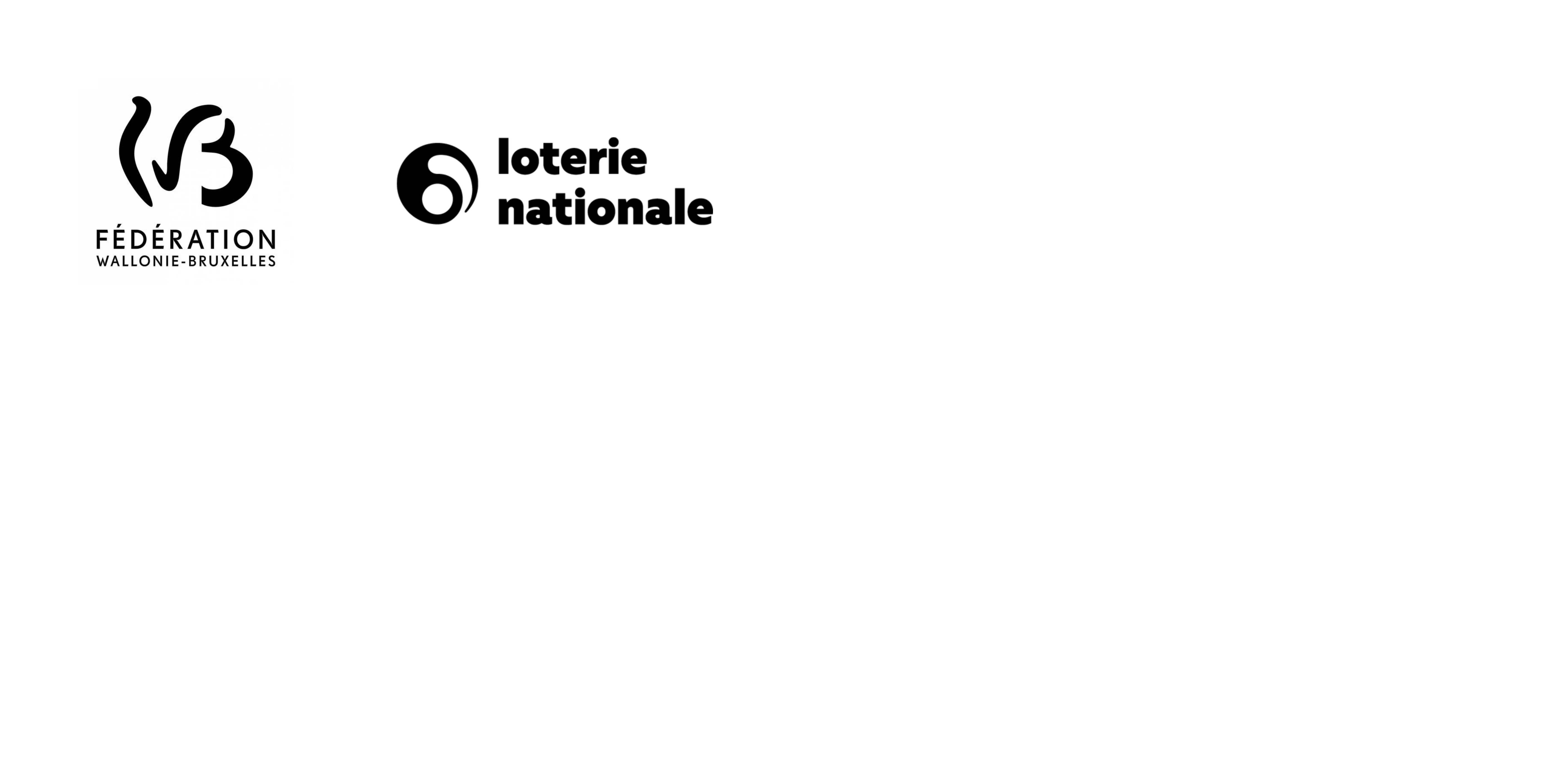

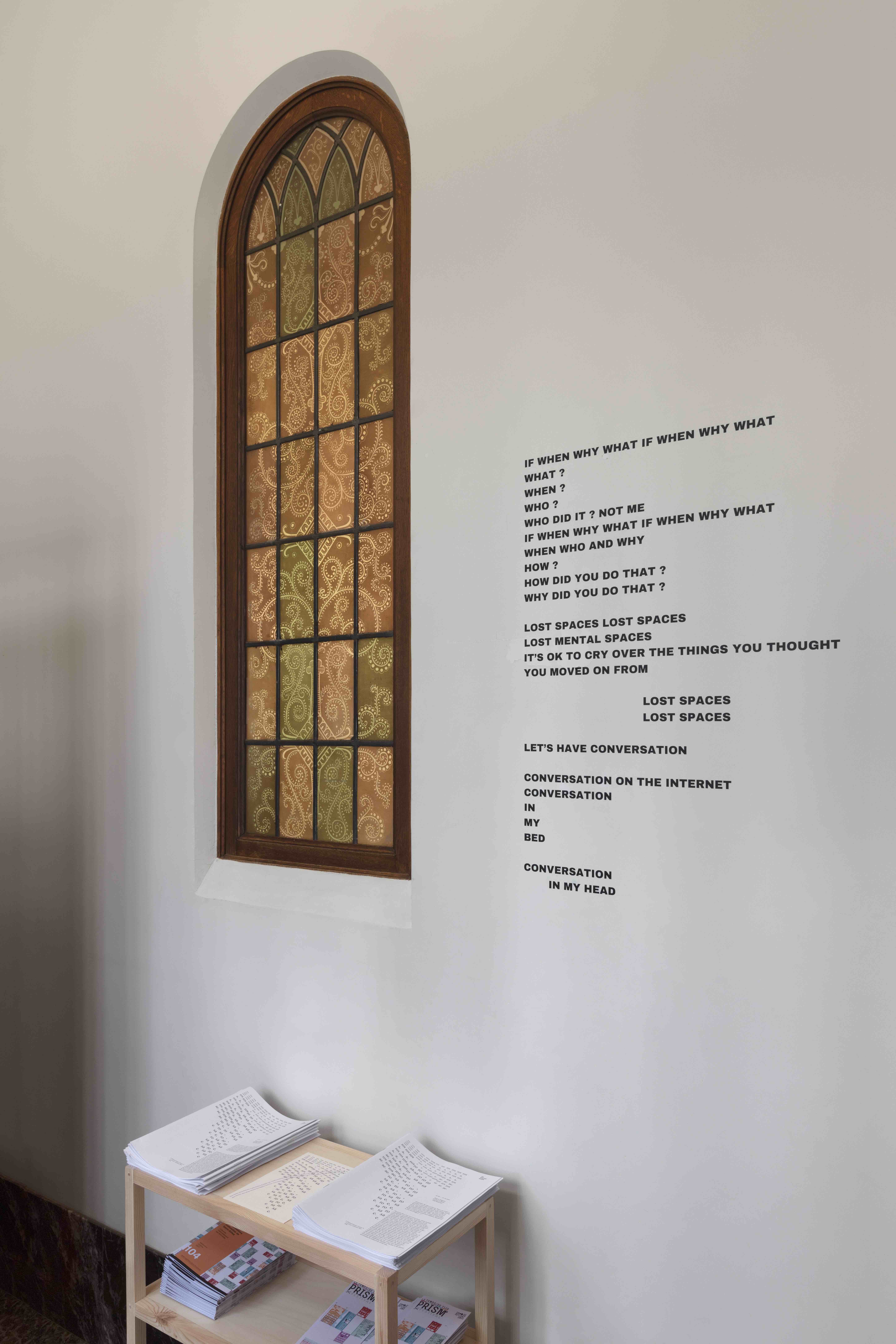











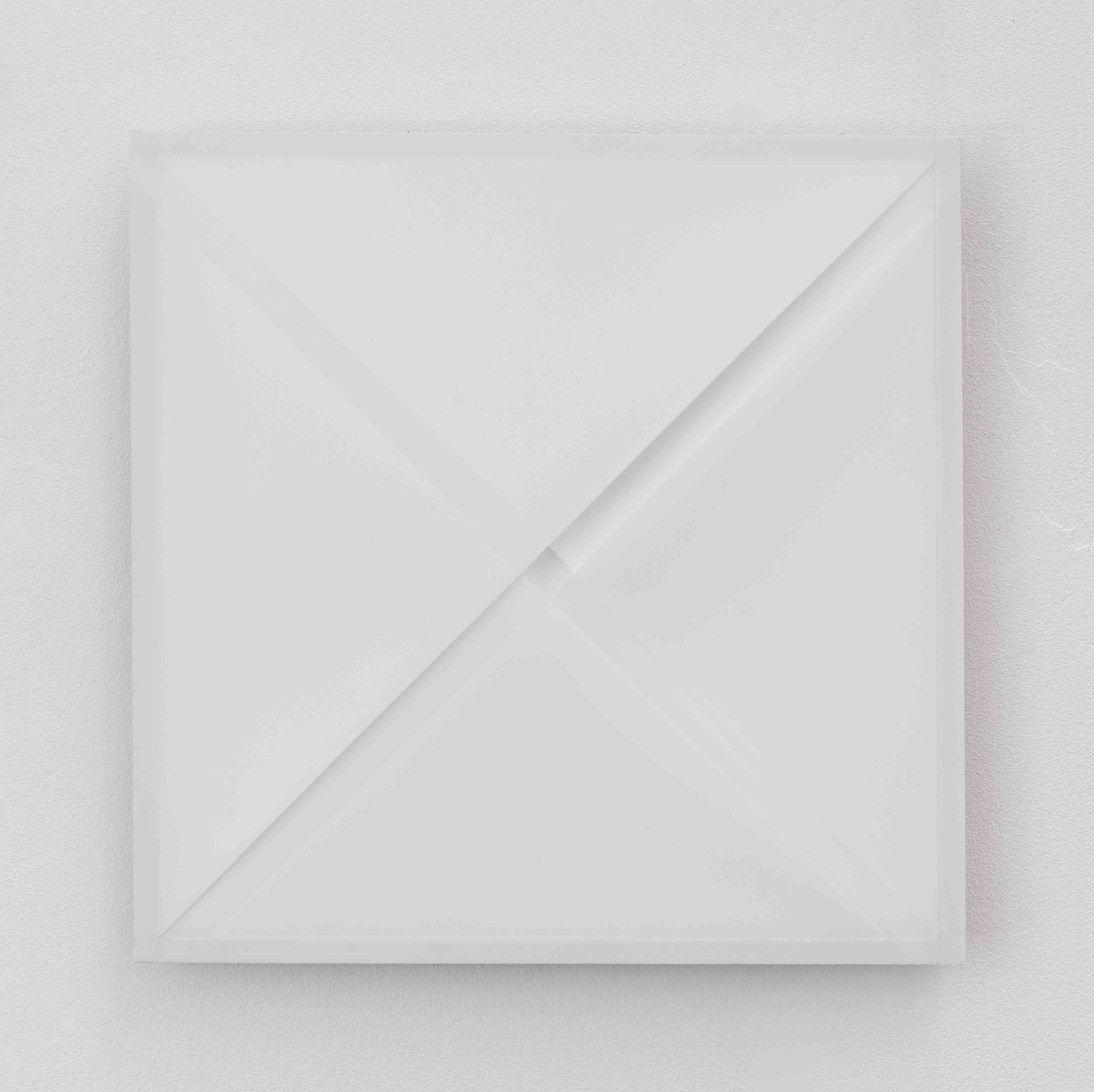

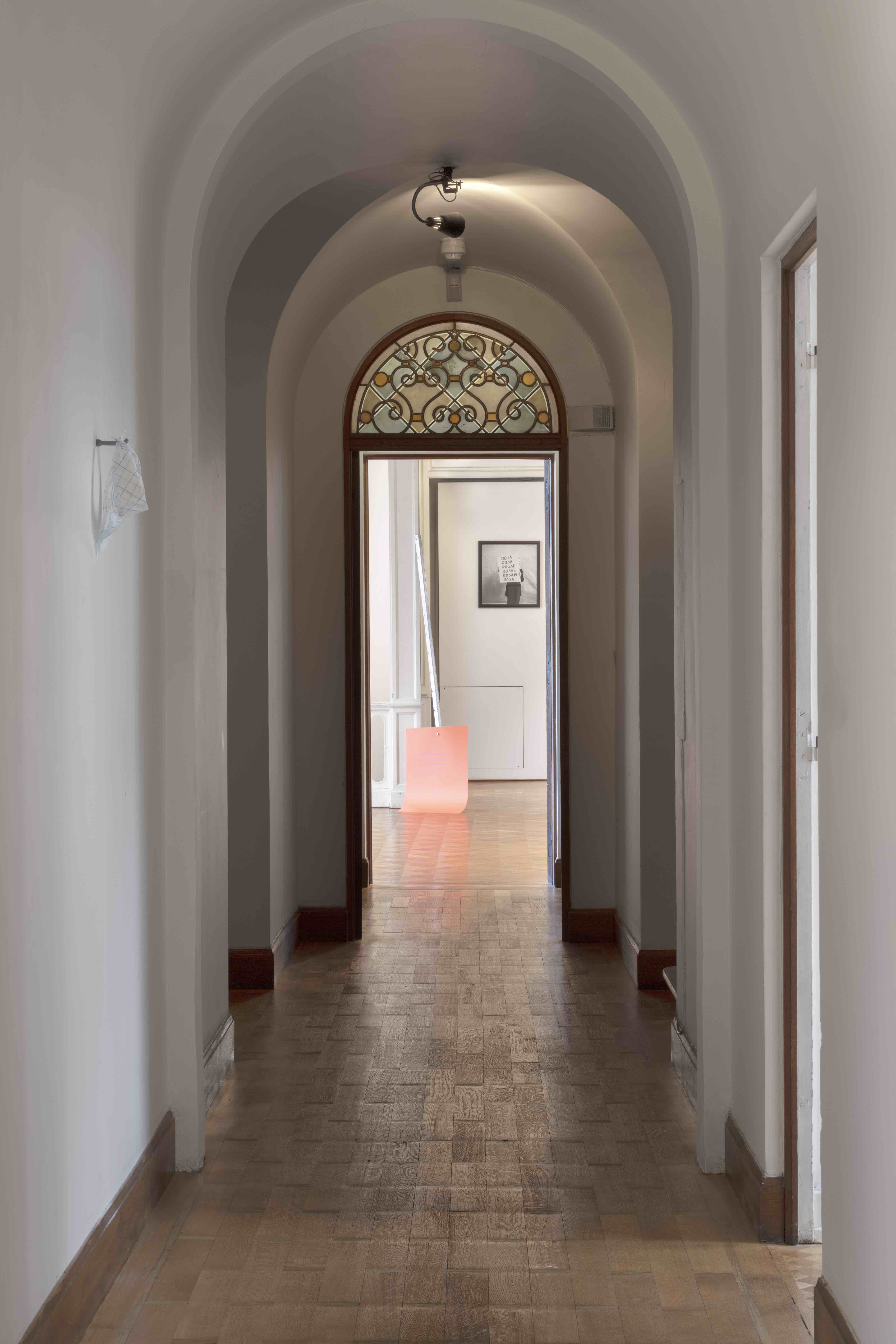







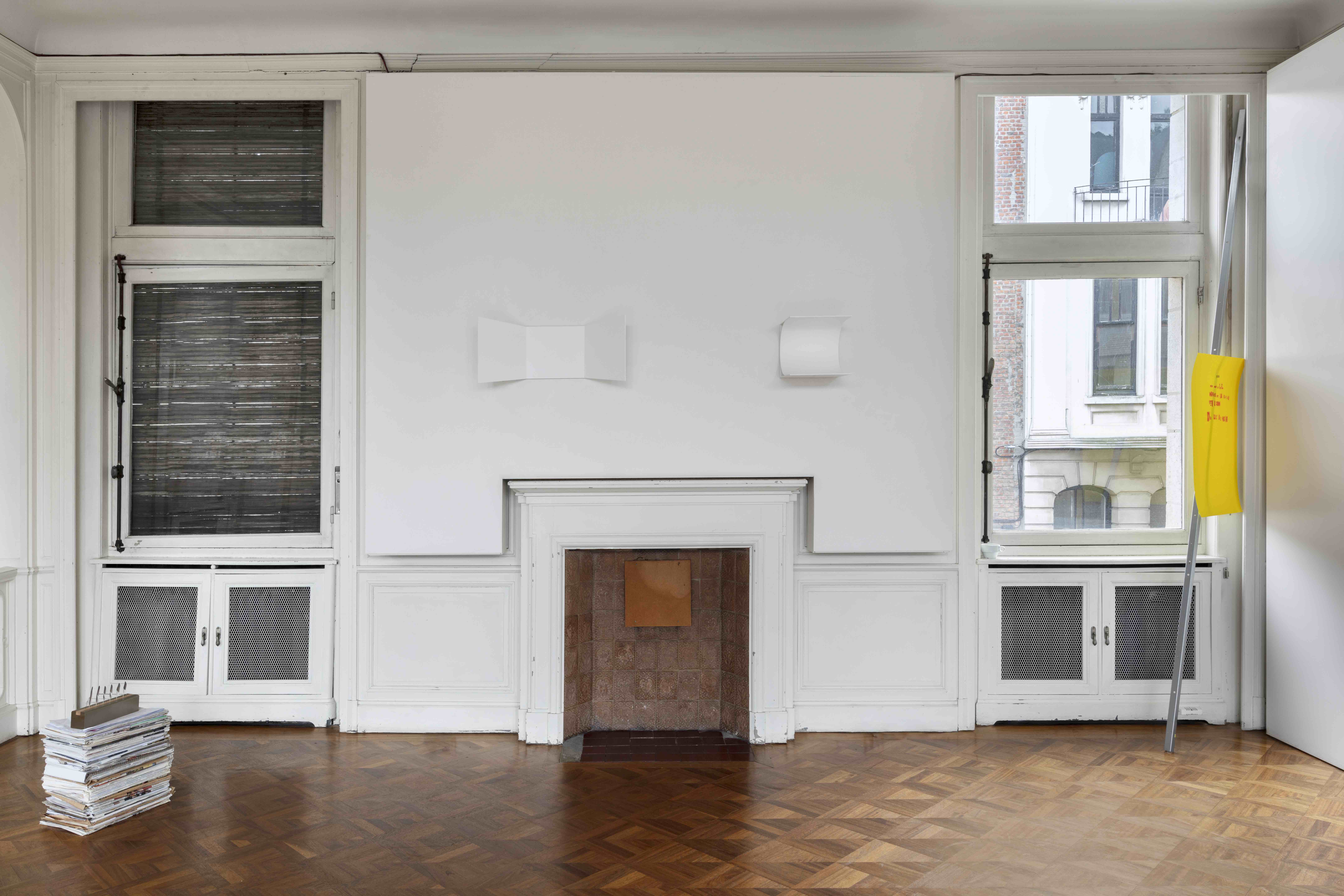


(c) Regular Studio


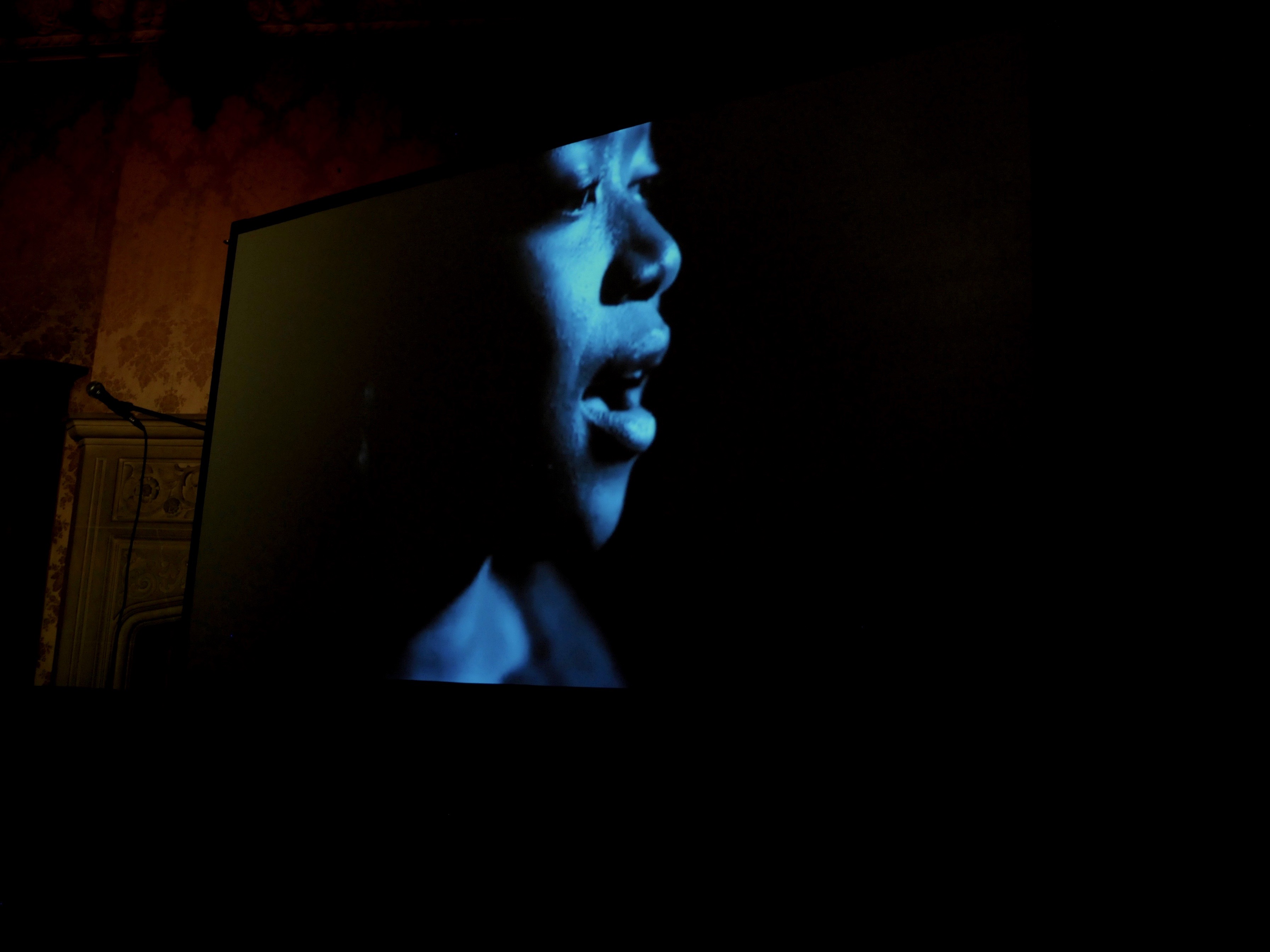






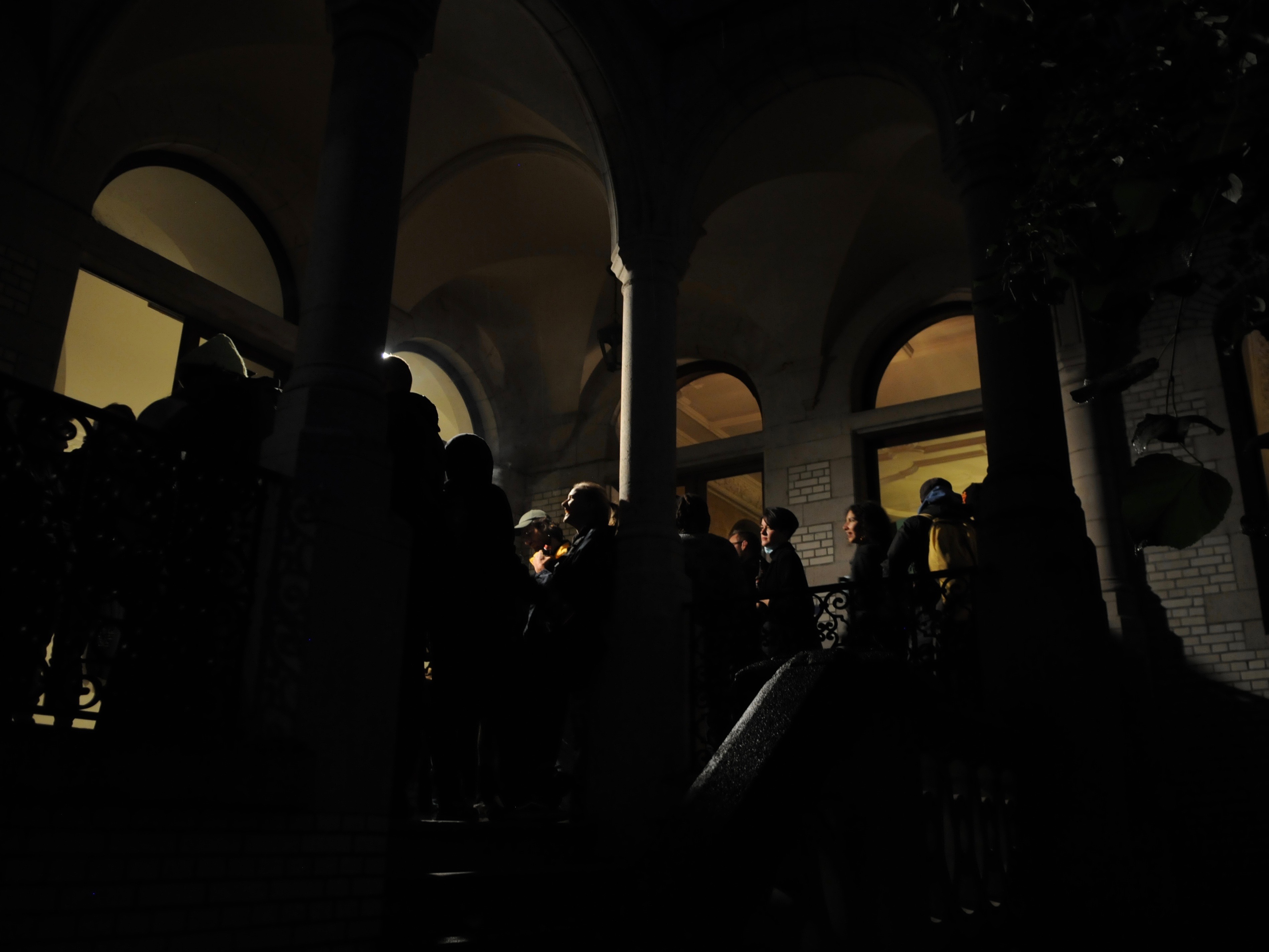



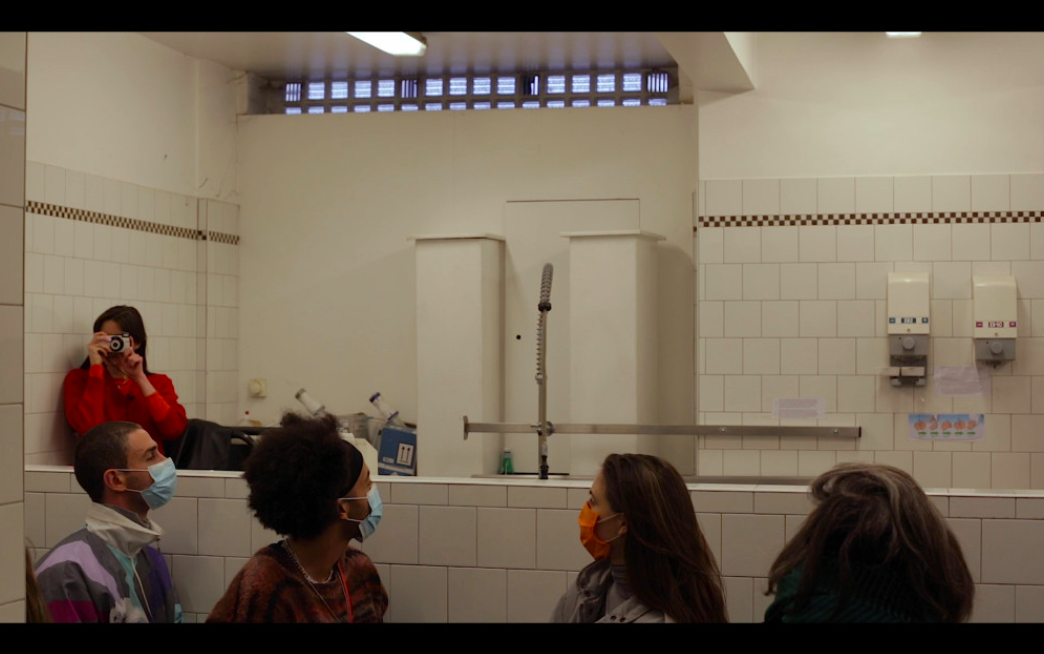
︎ TEXT
“All around, the idea is relayed. When you awake a constant, a certi-tude, a hope, they are already forcing their way somewhere, elsewhere, under a different guise. Especially since repetition is, here and there, a recognised form of knowledge. Tirelessly restate what you have al-ways said. Consent to infinitesimal flights, to the perhaps unnoticed addition, that persist in your knowledge […]”1
The group show rosa rosa rosae rosae, which includes a programme of performances, work-shops, and an artists’ book, addresses the place where text becomes choreography, where lan-guage, transposed into rhythms and gestures, reveals and exhausts itself. The manipulated Latin declension, rosa rosa rosae rosae, resonates with other “roses” subject to repetition. The exhi-bition brings together some twenty artists working with principles of repetition and the modali-ties that derive from them, all traditionally associated with the registers of learning: recitation, translation, transposition, quotation, copy, etc. In rosa rosa rosae rosae, these tropes introduce the possibility of testing the act and methods of transmission, the stakes of inheritance and mis-appropriated historical narratives, and of releasing identities hemmed in by the limits of lan-guage. Breaking apart the innocence of word, speech, and image, the works in the current exhi-bition navigate the rivers of the intertext, where language is challenged in its very structure and materiality. Like a face-off between the body of the sign and that of the subject who embodies the statement, the works presented in rosa rosa rosae rosae intend to illuminate and rehabilitate the gaps of the past in the present , questioning the subjectivity of our time.
The project originates in Jan Vercruysse’s self-portrait Rosa/Rota II (1984), which takes the shape of a childhood memory, an image that raises a whole series of questions about the erran-cies of meaning through time, space, and interaction. In this diptych, with two almost identically structured images, Vercruysse shows a sign to the camera. On the photograph on the left, the sign shows the declension of the Latin word rosa (rose), in which some of the cases have changed place with one another, subtly jamming the flow of the traditionally taught lesson. On the other sign, a single word, rota, meaning the wheel of fortune, fate. Without reducing its openness to interpretation, one could understand Rosa/Rota II as an interrogation, tinted with defiance, of the imperative to transmit cultural memory. Vercruysse’s stance is that of the artist, the subject, capable of resisting an instituted repertory on which a certain knowledge, a certain collective identity, has been built if not falsely, at least fictively. By reorganising the terms of the declension, like an addition that could pass unnoticed, he symbolically loosens the mesh of the text. It is a gesture that contests the authority of an eternal past and of a linear progression with a story of potential times, futures that are already happening, and the way they function through recurrence. The exhibition borrows these terms from Vercruysse’s work in order to place them in dialogue with Gertrude Stein’s “Rose is a rose is a rose”, a poem that produces similar effects of driving rhythm, through the repetition of the terms as well as a relationship to both sight and orality . It is a line of poetry that has become famous for enacting the slipperiness of the referent that changes its skin with its readers. In this way, it materialises the internal relationships that play out within language between signs, sounds, and meanings.
The works that have been brought together here weave a variety of accepted or projected artistic connections with these two references. They explore the relationship between memory and thought, mental construction and the senses. The notion of repetition figures here as a figure of ambivalence, a figure of difference in identity, of a “same” that is always “other”. In being subject to repetition, their languages appear in all their material, obscure, latent, and equivocal density, stymying their referential function and the apparent transparency of communication, refusing their accepted lineages, classifications, and politics. Instead, language is envisioned as a plastic matrix, through which the subject is both shaped and disturbed, giving itself over to the other even as it escapes it. rosa rosa rosae rosae explores the underside of repetition, one that guides a poetics of gaps, where translations betray each other, where tension is produced more readily by the interval than by origin or destination. What plays itself out in the midst of these displace-ments is as much what links them together as what distinguishes them: the variations, the shifts, the misdemeanours. One of the questions raised in rosa rosa rosae rosae is that of reference itself. The works operate where the other ’s speech and its imprint, that of the archive, reflect one another and diffract. They make use of citation, of borrowed phrases, images, and forms from designated repertories or from the manna of ‘common sense’, which they reconfigure by using various methods of composition by combination, including strict protocols at times. When an artist addresses the work of another, showing her influences, this citational approach allows her at times to pay homage, at times to defy the latter’s authority and the weight of its legacy, even critiquing the notion of singularity. A practice that is thus conceived in the mode of reprisal takes part in the collective site of creation, but at the same time it takes stock of a condition by accepting the element of alterity that every artwork echoes.2 Through all these means, these languages, chosen from others, it is truly a subjectivity that expresses itself, though it bears the traits of an inter-definition. Woven together and modelled in this way, exposing these gaps, the works in the exhibition also repeatedly have recourse to notions of doubling, of re-working, re-enacting. The space that opens out here becomes an intermediary zone in which these scraps dragged in from the vast territory of the archive either clash or negotiate with one another. Spatialised in this way, the data of the present, either considered in isolation or mixed together with documents from the past, revives and shows what is already there: models that mislead us, buried parts, silences voices, sealed‑up corners. In the background to all this looms the following contemporary paradox: the immensity of the archive, its countless media, depositaries, and circuits, answering to a veritable drive to administer and accumulate the traces of the present in a desire for exhaustiveness, nonetheless mutely testify to a lack of living memory. This disembodied archive bears witness to an amnesia. The artist, interrogating this phenomenon, takes care of these resonances in memory, reinvesting them with actuality. This redoubled, repeated, replayed archive becomes the site of an event, of embodied speech. From writing to speech, swerving from one to the other of these poles, the repetitions in rosa rosa rosae rosae write language into corporality, enact it, and reveal to it its performative force: “To repeat is to give body to what is absent, […] but also [to] what doesn’t exist yet.”3
Pauline Hatzigeorgiou
Translated by Jack Cox
NotesTranslated by Jack Cox
O1 Édouard Glissant, Poétique de la relation, Gallimard, Paris,1990
O2 ‘The text is a tissue of citations,from a thousand centres of culture’, Roland Barthes, “La mort de l’auteur” in Le bruissement de la langue, Seuil,Paris, 1984
O3 Emmanuelle Prak-Derrington, Magies de la répétition, ENS Éditions, Lyon, 2021
PROGRAMME
Guided tours [FR/EN]: Saturdays 15.00-16.00
︎ 11.09 – 16.10.2021 [FR/EN] — 15.00-16.00 Guided tours by the curator
︎ 02.10.2021 — 18.00-20.30 Sabir La Nuit lectures performées [FR]
︎ 09.10.2021 — 11.00-12.30 Workshop by Sofia Caesar coffee drawings [FR/EN]
︎ 14.10.2021 — 18.00-20.30 Evening of performances: Eleanor Ivory Weber supply and supply [EN]
Charlie Usher mixed feelings [EN]
︎ 23.10.2021, 14.00-15.30 Workshop by Alicia Jeannin Une était la langue [FR/EN]
La Maison Pelgrims
69 rue de Parme 1060 Bruxelles
Download the Visitor Guide here :
The exhibition rosa rosa rosae rosae is organised by the non-profit organisation SB34 in partnership withPelgrims House. The exhibition received funding from Commune de Saint-Gilles / Service de la Culture, Région Bruxelles‑Capitale / Image de Bruxelles, COCOF, La Fédération Wallonie Bruxelles and La Loterie Nationale.
The artists’ book is supported by Région Bruxelles-Capitale / Image de Bruxelles and La Fédération Wallonie-Bruxelles / Aide à l’Edition.
